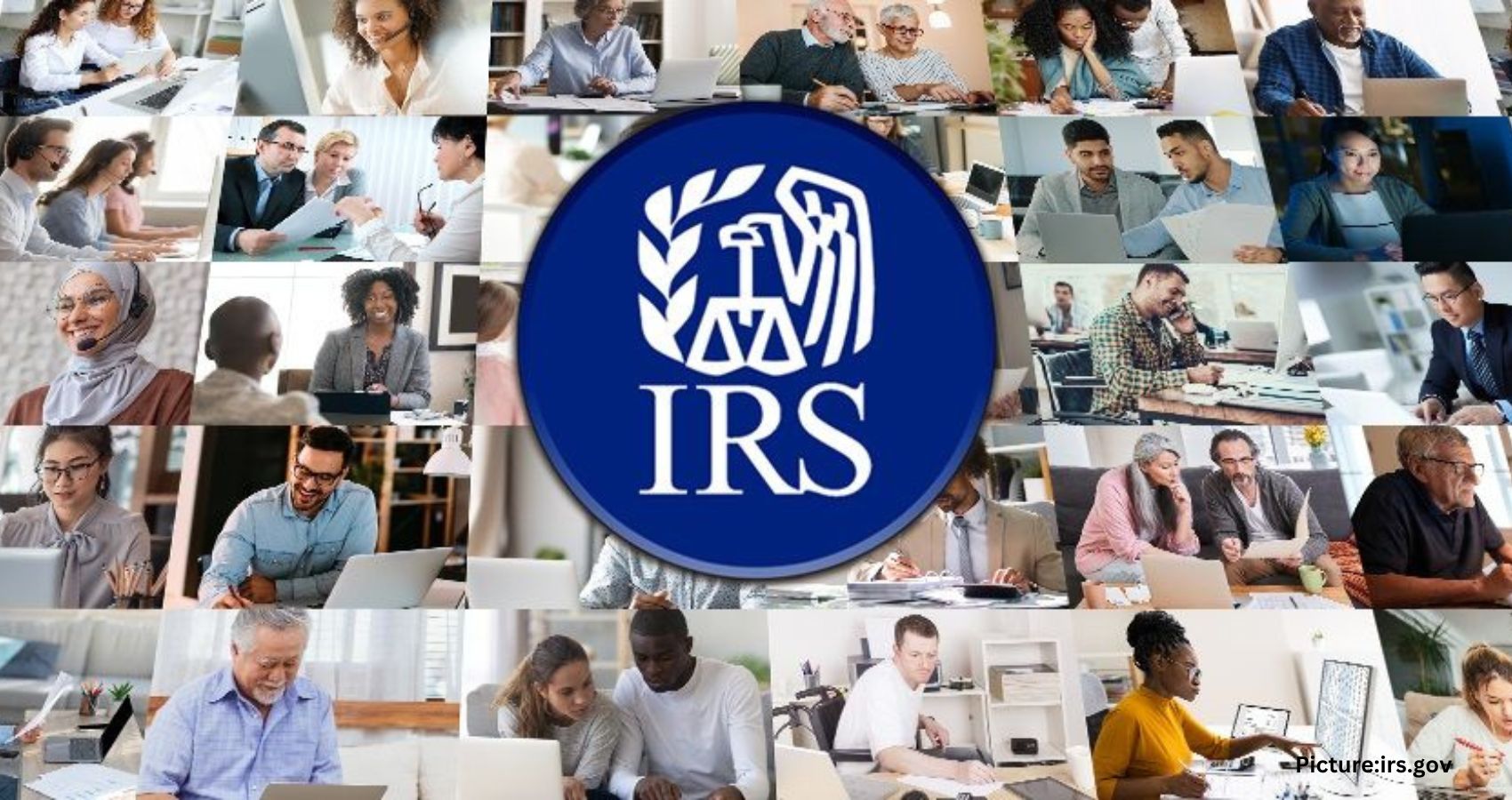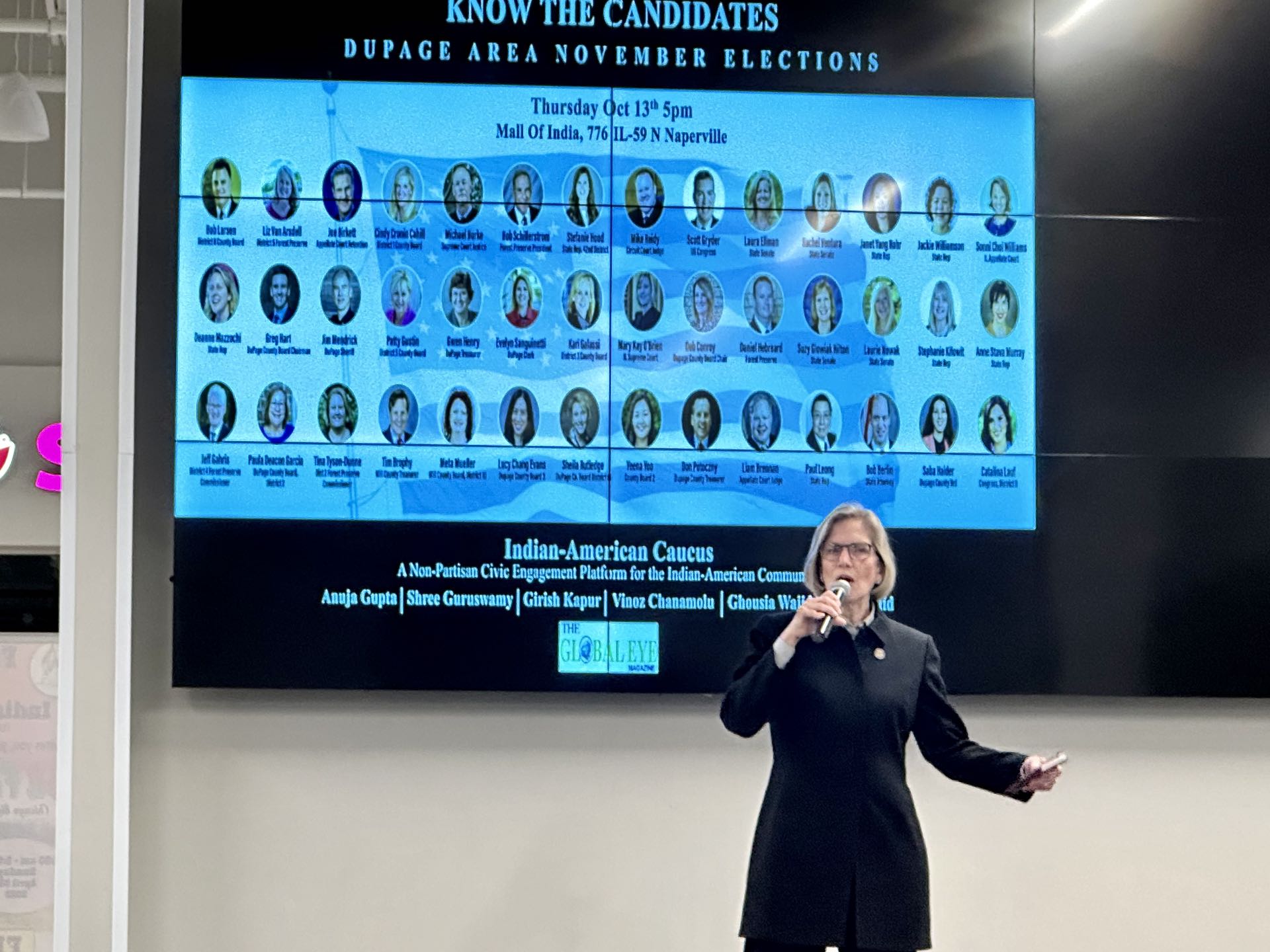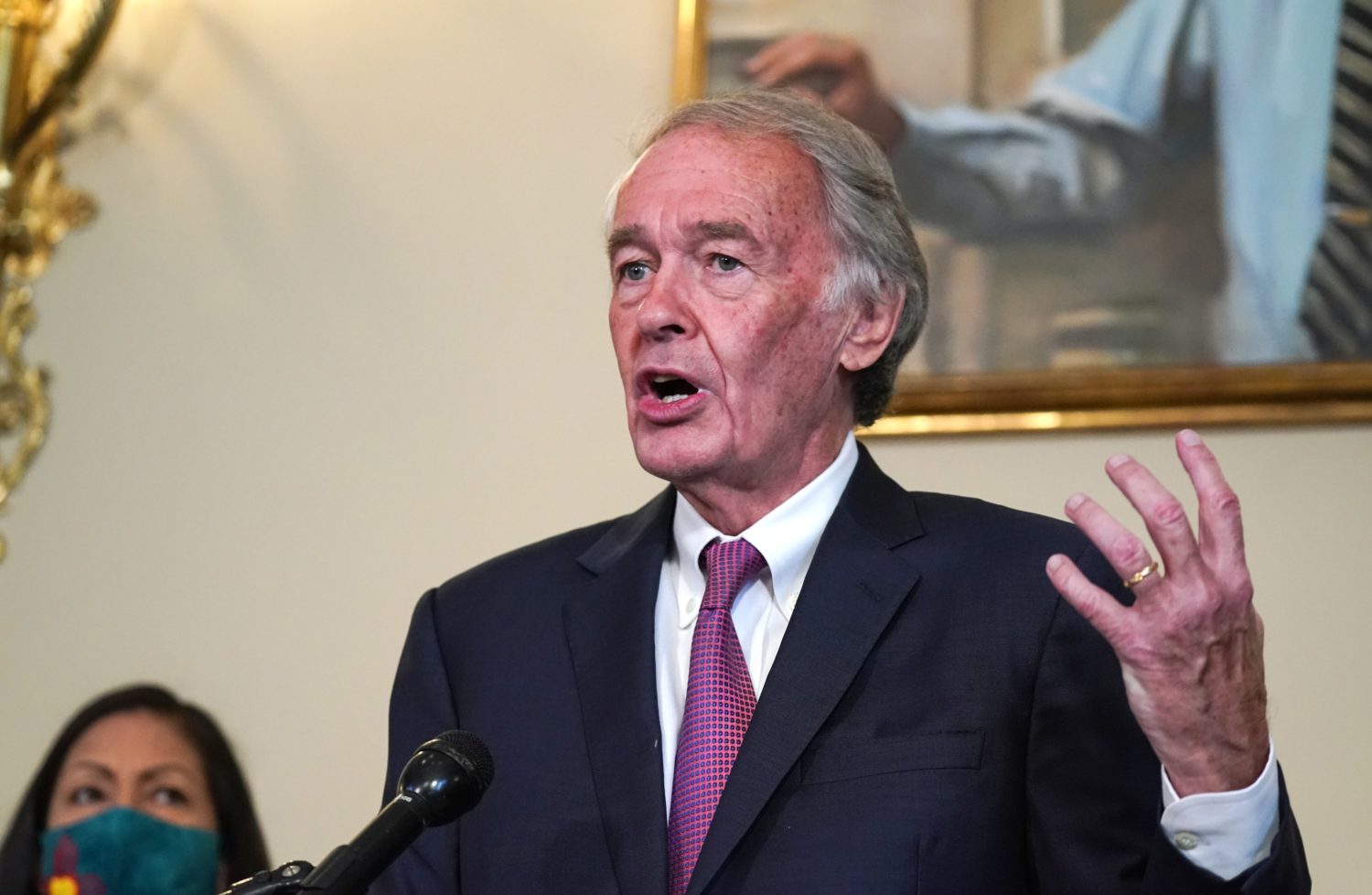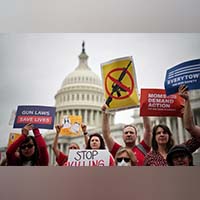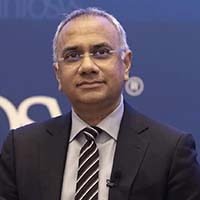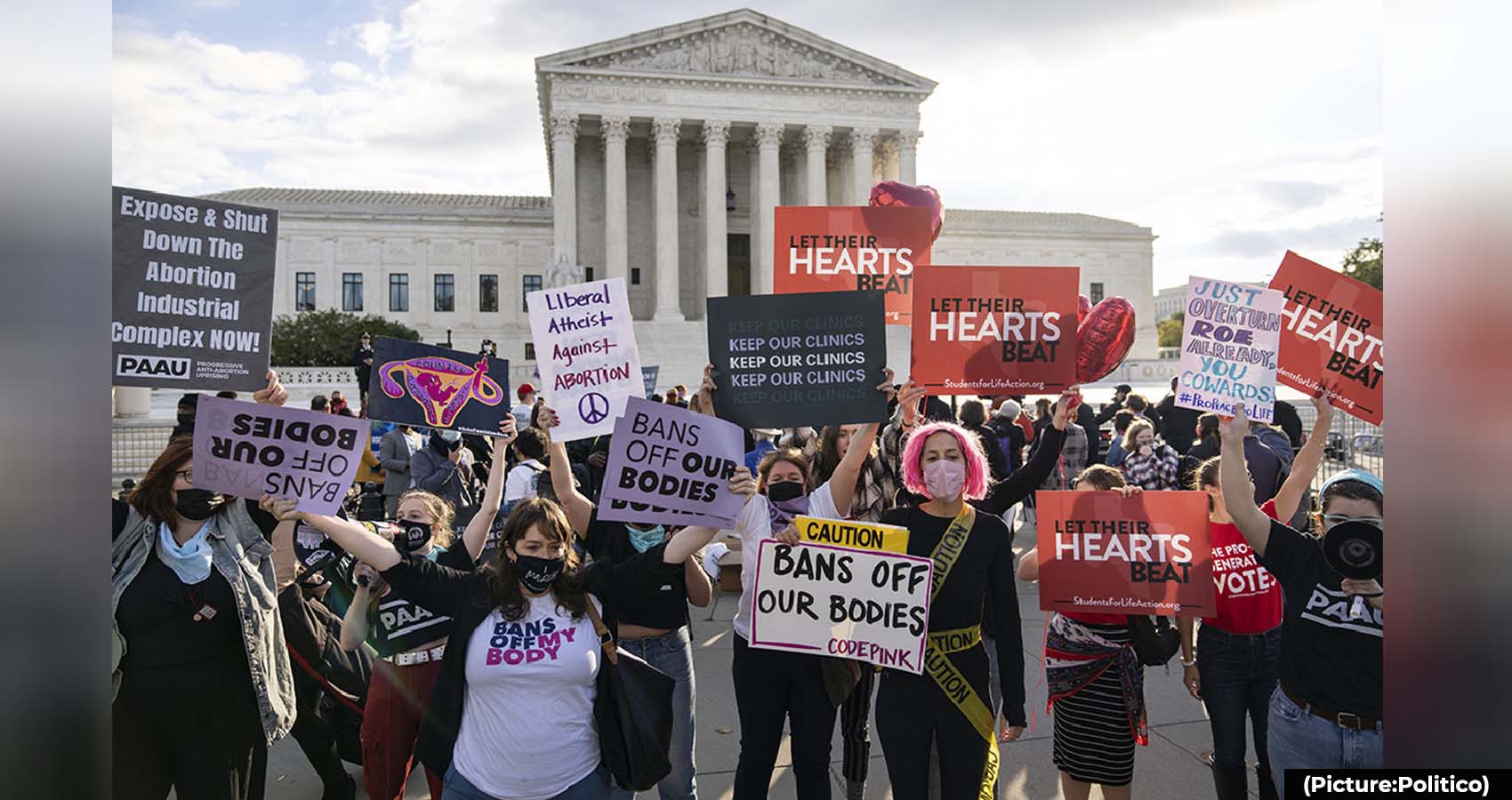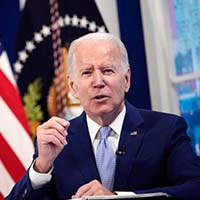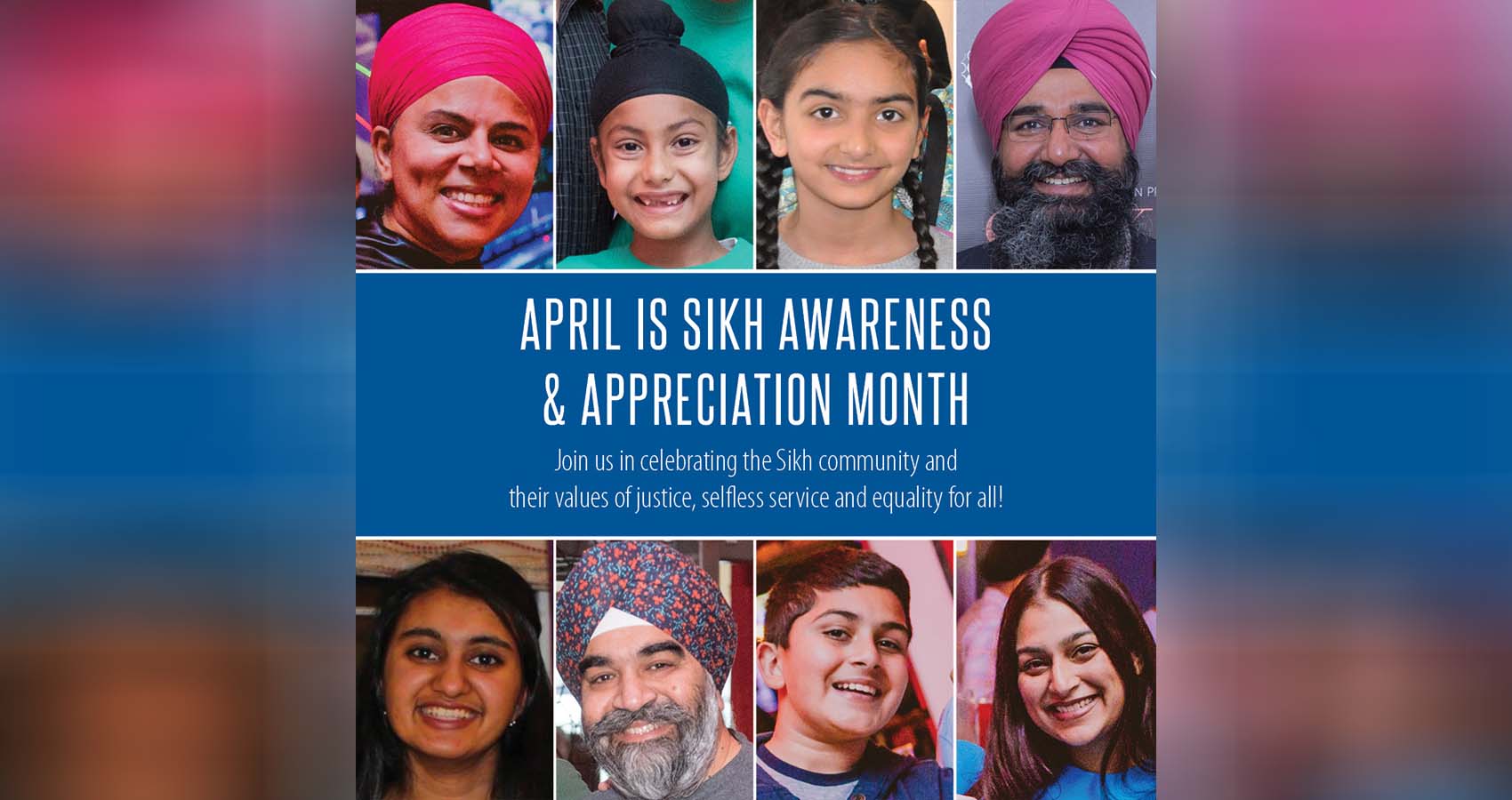With Mukesh Ambani at the top, India now has 101 billionaires, according to new data released by Forbes magazine. According to the 34th annual world’s billionaires list, in which Forbes ranks the wealthiest individuals globally, there are 2,095 billionaires on the 2020 ranking, down from 2,153 in 2019.
The total combined net worth of this year’s billionaires is $8 trillion, down from $8.7 trillion in 2020. 267 people dropped off this year’s list and a record 1,062 individuals have seen a drop in their fortunes, both reflective of the turbulent markets and the coronavirus pandemic.
Approximately 70% of the list is made up of self-made billionaires. India’s Mukesh Ambani is ranked #21 richest in the world with $36.8 billion.
Forbes released its 34th annual world’s billionaires list, which ranks the wealthiest individuals globally. Approximately 70% of the list is made up of self-made billionaires. India’s Mukesh Ambani is ranked #21 richest in the world with $36.8 billion.
Amid the COVID-19 outbreak, some of the world’s wealthiest are serving as agents of change and taking action to reinvent their businesses to aid in the global response to the coronavirus outbreak, Forbes said in a statement.
Billionaires like tech tycoon Bill Gates; Eric Yuan, CEO of Zoom; Bernard Arnault, CEO of LVMH, Brian Chesky, CEO of Airbnb; Dallas Mavericks owner Mark Cuban and a host of others are using their financial resources to help combat the health crisis and boost the economy.
There are 2,095 billionaires on the 2020 ranking, down from 2,153 in 2019. The total combined net worth of this year’s billionaires is $8 trillion, down from $8.7 trillion in 2020. 267 people dropped off this year’s list and a record 1,062 individuals have seen a drop in their fortunes, both reflective of the turbulent markets and the coronavirus pandemic.
“The world’s richest are not immune to the devastating impact of the coronavirus,” said Kerry A. Dolan, Assistant Managing Editor of Wealth, Forbes. “The drop in the number of billionaires this year reflects the economic impact the pandemic is already having.”
To view the full list, visit www.forbes.com/billionaires.
Centi-billionaire Jeff Bezos maintains the top spot on this year’s ranking, for the third consecutive year, despite his net worth plunging by $18 billion. The Amazon CEO is valued at $113 billion, down from $131 billion last year. The decrease in his net worth is primarily due to his recent divorce.
Bill Gates remains in the No. 2 position with a fortune of $98 billion, up $1.5 billion from last year. Bernard Arnault of LVMH moves up on this year’s ranking and debuts in the top three, as the third-wealthiest person in the world, after Warren Buffett’s fortune fell by $15 billion. Buffett (No. 4) is valued at $67.5 billion, down from $82.5 from last year.
Rounding out the top five is Larry Ellison, founder, chairman and Chief Technology Officer of Oracle Corporation. While the software executive moves up on the ranking, his fortune is down $3.5 billion this year, to $59 billion.
There are 178 billionaires who made this list for the first time. Eric Yuan, CEO of Zoom, debuts on the list as Zoom gains mass popularity while many companies are shifting to a remote workforce.
The richest newcomer is Julia Koch, who inherited a 42% stake in Koch Industries from her late husband, David, who died last year. Her $38.2 billion fortune puts her at No. 18 on the ranking, tied with her brother-in-law, Charles Koch. Julia’s inheritance makes her the third richest woman in the world, after Walmart’s Alice Walton and L’Oréal’s Francoise Bettencourt Meyers. Another notable newcomer: MacKenzie Bezos, ex-wife of Jeff Bezos, who lands at No. 22 on the list with a total net worth of $36 billion.
Approximately 70% of the list is made up of self-made billionaires. Those 1,457 listers are people who have built a company or established a fortune on their own. There are a total of 241 women on the 2020 list, including seven who share their fortunes with their husband, child or sibling.
Regionally, Asia-Pacific boasts the most billionaires, with 778, followed by the United States with 614 and Europe with 511. By country, the U.S. leads with the greatest number of billionaires, with 614 (up from 607 last year), followed by China with 389 (up from 324 last year); Germany with 107 (down from 114), India with 102 (down from 106) and Russia with 99 (up from 98).
President Trump’s net worth has plunged $1 billion in less than a month. As of March 1, Forbes valued President Donald Trump’s net worth at $3.1 billion. The markets took a turn and reporters went back to work to approximate how much the coronavirus affected the president’s fortune. Trump’s newly estimated fortune is now $2.1 billion, bringing him to No. 1001 on this year’s ranking, down from No. 715 last year.
“For the first time in our 103 years, the Forbes editorial team, sheltering-at-home around the world, produced this magazine remotely,” said Randall Lane, Chief Content Officer, Forbes. “It’s now a piece of history, and an instant classic, featuring five consecutive covers—the faces of business leaders who are using the coronavirus crisis to reinvent themselves, their companies or the world.”
Methodology
The Forbes Billionaires list is a snapshot in time of wealth using stock prices and exchange rates from March 18, 2020. Forbes lists individuals rather than multi-generational families who share large fortunes, though we include wealth belonging to a billionaire’s spouse and children if that person is the founder of the fortune. In some cases, siblings and couples are listed together if the ownership breakdown among them isn’t clear, however they still must be worth on average a minimum of $1 billion apiece to make the cut.
Here are India’s 101 billionaires as ranked globally by Forbes:
# 21: Mukesh Ambani: $36.8 billion
#78: Radhakrishnan Damani: $13.8 billion
#103: Shiv Nadar: $11.9 billion
#129: Uday Kotak: $10.4 billion
#155: Gautam Adani: $8.9 billion
#157: Sunil Mittal & Family: $8.8 billion
#165: Cyrus Poonawalaa: $8.2 billion
#185: Kumar Birla: $7.6 billion
#196: Lakshmi Mittal: $7.4 billion
#253: Azim Premji: $6.1 billion
#253: Dilip Sanghvi: $6.1 billion
#268: Benu Gopal Banyur: $5.9 billion
#320: Kuldip Singh & Gurbachan Singh Dhingra: $5.1 billion
#320: Nusli Walia: $5.1 billion
#349 Savitri Jindal & Family: $4.8 billion
#426: Bajaj Brothers: $4.2 billion
#484: Rahul Bajaj: $3.8 billion
#494: Kushal Pal Singh: $3.7 billion
#538: Hasmukh Chudgar: $3.5 billion
#538: Muralidivi & Family: $3.5 billion
#538: M.A. Yusuff Ali: $3.5 billion
#565 Kapil & Rahul Bhatia: $3.4 billion
#565: Mahendra Choski & Family: $3.4 billion
#590: Vikram Lal: $3.3 billion
#648: Anil Agarwal & Family: $3.1 billion
#648: Karsanbhai Patel: $3.1 billion
#648: Abhay Vakil & Family: $3.1 billion
#712: Pankaj Patel: $2.9 billion
#764: Chandru Raheja: $2.7 billion
$804: Kiran Mazumdar-Shaw: $2.6 billion
#804: Pawan Munjal & Family: $2.6 billion
#836: Ravi Pillai: $2.5 billion
#908: Vivek Chand Burman: $2.3 billion
#908: Ravi Jaipuria: $2.3 billion
#945: Micky Jagtiani: $2.2 billion
$945: Shashi & Ravi Raia: $2.2 billion
#945: Arvind Tiku: $2.2 billion
#1001: Vinod & Anil Raigupta: $2.1 billion
#1063: Madhukar Parekh: $2 billion
#1135: Smita Crishna-Godrej: $.9 billion
#1135: Jamshyd Godrej: $1.9 billion
#1135: Nadir Godrej: $1.9 billion
#1135: Rakesh Jhunjhunwala: $1.9 billion
#1135: N.R. Narayana Murthy: $1.9 billion
#1135: Rishad Naoroji: $1.9 billion
#1196: Anand Burman: $1.8 billion
#1196: Senapathy Gopalkrishnan: $1.8 billion
#1196: Mangal Prabhat Lodha: $1.8 billion
#1196: Vikas Oberoi: $1.8 billion
#1196: Byju Raveendran: $1.8 billion
#1196: Leena Tewari: $1.8 billion
#1267: Baba Kalyani: $1.7 billion
#1267: Samir Mehta: $1.7 billion
#1267: Sudhir Mehta: $1.7 billion
#1267: Ajay Piramal: $1.7 billion
#1267: Mahendra Prasad: $1.7 billion
#1335: Kalanithi Maran: $1.6 billion
#1335: Harsh Mariwala: $1.6 billion
#1335: P.P. Reddy: $1.6 billion
#1335: P.V. Krishna Reddy: $1.6 billion
#1335: Jitendra Vurwani: $1.6 billion
#1415: Harindarpal Banga: $1.5 billion
#1415: Abhay Firodia: $1.5 billion
#1415: Harsh Hoenka: $1.5 billion
#1415: Ranjani Pai: $1.5 billion
#1415: G. Rajendran: $1.5 billion
#1513: Sanjiv Goenka: $1.4 billion
#1513: Nandan Nilekani: $1.4 billion
#1513: Ajay Prakash: $1.4 billion
#1513: Nandrkumar Parekh: $1.4 billion
#1513: P.V. Rampal Reddy: $1.4 billion
#1613: Rajendra Agarwal: $1.3 billion
#1613: Banwarilal Bawri: $1.3 billion
#1613: Girdharlal Bawri: $1.3 billion
#1613: Amit Burman: $1.3 billion
#1613: Niranjan Hiranandani: $1.3 billion
#1613: Kishore Mariwala: $1.3 billion
#1613: Lachhman Das Mittal: $1.3 billion
#1613: Subhash Runwal: $1.3 billion
#613: Sunny Varkey: $1.3 billion
#1613: Shamsheer Vayalil: $1.3 billion
#1730: Sachin Bansal: $1.2 billion
#1730: Sanjeev Bikhchandani: $1.2 billion
#1739: K. Dinesh: $1.2 billion
#1730: T.S.Kalyanaraman: $1.2 billion
#1739: Hemandra Kthari: $1.2 billion
#1730: Anand Mahendra: $1.2 billion
#1739: Sushil Kumar Pareek: $1.2billion
#1730: Bhadresh Shah: $1.2 billion
#1730: Basudeo Singh: $1.2 billion
#1730: Salil Singhal: $1.2 billion
#1730: Radha Vembu: $1.2 billion
#1851: Archana Balakrishna: $1.1 billion
#1851: Bimy Bansal: $1.1 billion
#1851 Sandeep Engineer: $1.1 billion
#1851: Mofatraj Munot: $1.1 billion
#1851L Arvind Poddar: $1.1 billion
#1851: S.D. Shibulal: $1.1 billion
#1990: Achal Bakeri: $1 billion.

